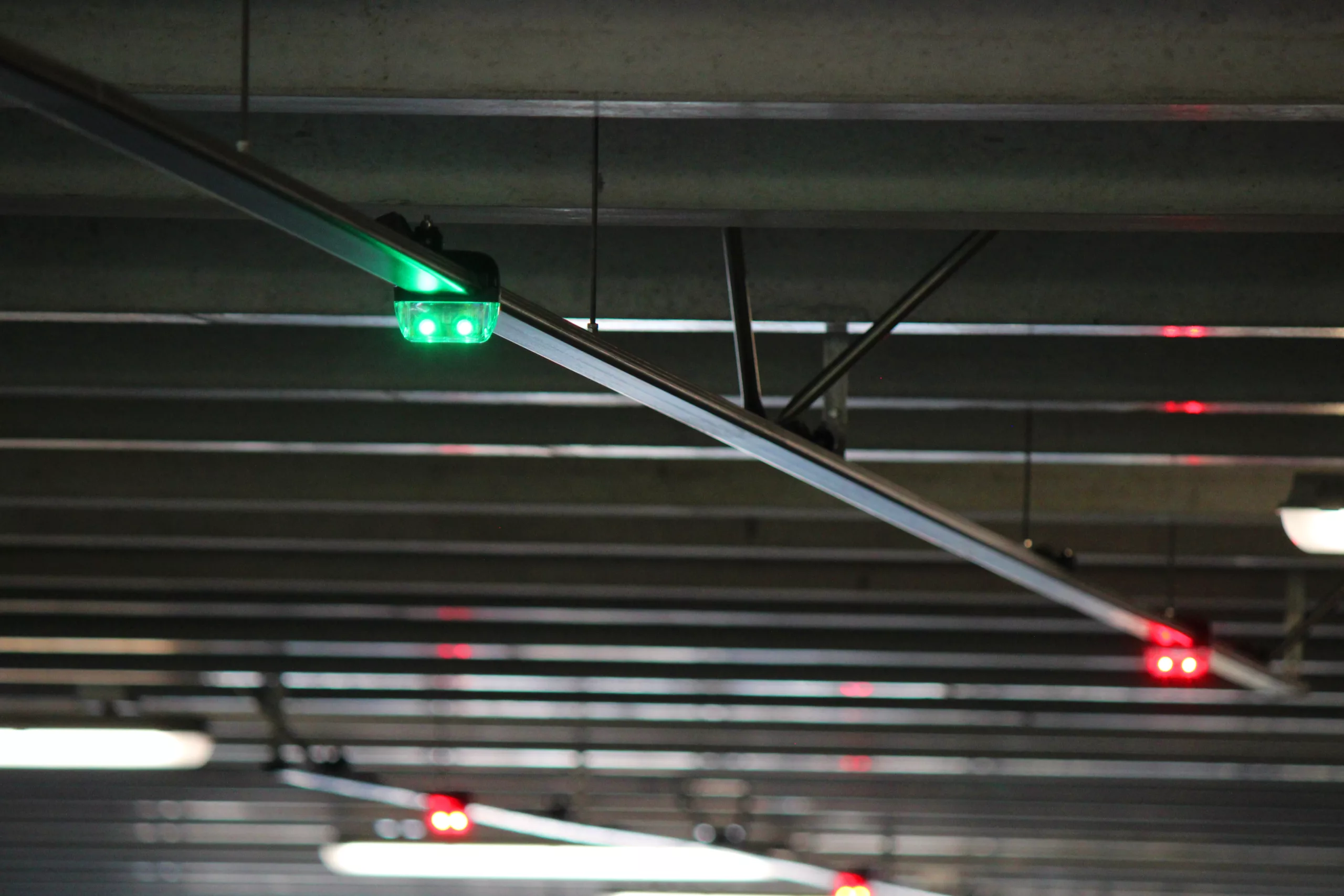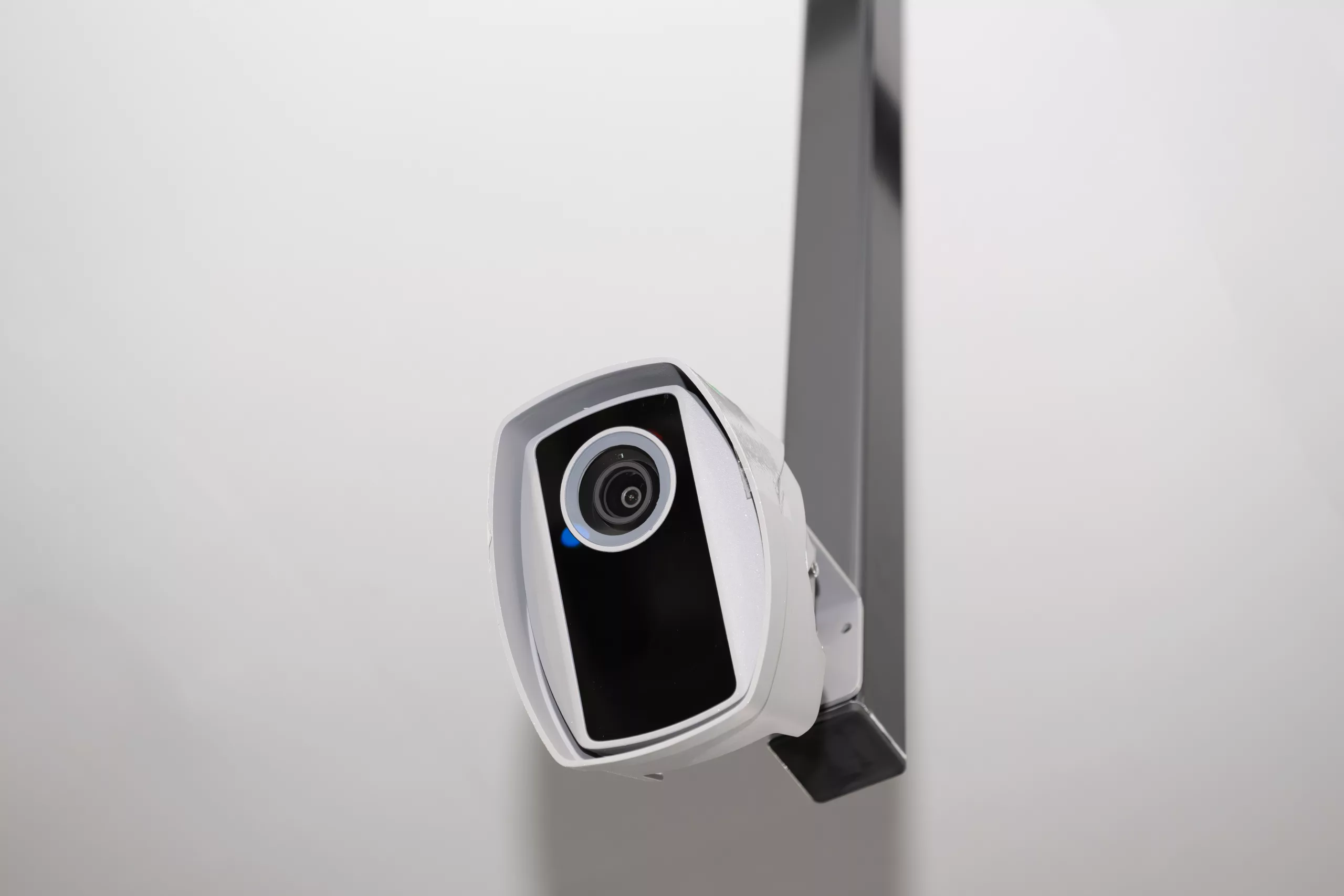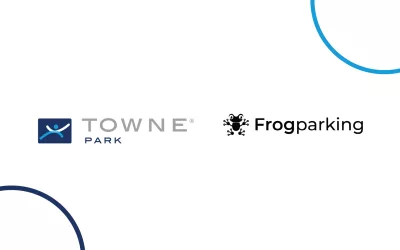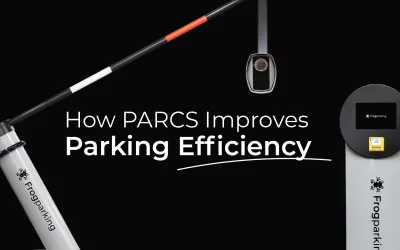You may have heard terms like ‘smart parking systems’ or ‘automated parking systems’ or maybe even ‘parking management solutions’ bandied around. Perhaps your local city has announced a smart parking system is being installed?
Basically, smart parking systems harness advanced parking technology, and make it user-friendly to improve parking operations.
For example, maybe you’ve paid for parking via a mobile application? Perhaps you have been ticketed via a digital application? Another example is automatic license plate recognition for parking, validation and permits. Even a parking barrier arm that automatically opens after you’ve paid at a parking payment terminal, so you don’t even have to stop at exit. These are all examples of smart parking systems.
However, smart parking systems can offer so much more than this.
What exactly does smart parking mean?
Human brilliance meets innovative technology, and thus, the emergence of solutions to common parking management problems.
Basically, it’s some seriously cool technology, that has been specifically designed to improve the entire parking experience. Think faster entry and exits from parking lots. Think better space utilization. And think a reduction of overall parking consumption. Both drivers, and parking lot owners and operators benefit.
Generally, we use a variety of processes, systems, and devices to ‘make the magic happen’. For example, we use sensors, LiDAR, and cameras to detect vehicle presence. This, mixed with incredible parking software, results in smarter parking. Basically, we bring these two together to enhance urban mobility and reduce carbon footprints.
Smart parking systems use specific technology and IoT (Internet of Things) to:
- Give real-time updates on parking space availability
- Optimize ingress/egress speeds
- Communicate relevant data to drivers who are utilizing smart devices
- Collect relevant data to improve the driver experience
- Reports data to the parking owner/operator and provides insights
As we spoke about above, a smart parking system is made up of all kinds of hardware, software, processes, and devices. Frogparking’s most sold hardware components include the below:
- Cloud-based parking technology, running with an ultra-low latency network
- LiDAR sensors for presence & detection (indoor parking guidance systems)
- Multi-detection method in ground sensors (outdoor parking sensors)
- Camera-based license plate recognition hardware (LPR cameras)
- Vehicle counting devices
- Parking payment terminals
- Dynamic wayfinding signage
- A variety of incredible software and application interfaces. For example:
- Mobile applications
- Parking compliance & enforcement software
- Parking permit and parking validation software
- Valet management software
- Transport mobility hubs
- Not to mention, a world-class data & analytics dashboard with insights on parking operations

What makes it so important?
Reduction of gas emissions? Improved customer experience? Reduction of cruise times? Optimizing revenue? Better space utilization? Improved safety? All these things and more?
We recently stumbled across an article that detailed in large urban cities, there is as much as 30% of vehicles on the road cruising for a park. Furthermore, that it takes about eight minutes to find a parking spot.
This astounded us, so we had a quick Google as to how many vehicles are on the road at any given time. It appears no official study has been completed (well in our very brief two-minute look anyway, we didn’t dive in too deep). We did find a story that estimated there are about five million daily commuters in the Los Angeles area. This means five million vehicles moving to and from work within the area. If we take this very crude figure, that means about 1.5 million people need to look for parks. That’s 1.5 million vehicles cruising at some point for a park.
For example, smart parking systems effectively help to combat this cruising issue. Moreover, this is important as in covers both street parking and off-street parking lots. It lets drivers know where available parking is so they can reduce cruise time considerably. This helps reduce vehicle carbon emissions, reduces fuel consumption, helps control traffic, and significantly improves overall driver’s experience. We can all relate to the frustration of driving around trying to find a free parking spot right?
The above is just one example of how a smart parking system can help. We have countless case studies of how our parking management solutions have improved congestion, entry/exit speed and flow, utilization, pollution, safety and so on.
How does it all work together?
Its actually very cool, and a bit complicated, so bear with us. In general, our sensors, counters & cameras securely capture and process the data. This includes things like license plates, or vehicle presence detection.
From there, these devices are connected to our cloud-based parking data and analytics dashboard that turns the data into something meaningful. The beauty of a FrogOne solution is that it operates on an ultra-low latency network, so these processes happen in real-time.
Our FrogOne system uses this data and communicates back to the relevant hardware. For example, it may communicate to our indoor parking guidance system that a light color needs to change. Similarly, it may tell one of our FrogSigns to update to a new number. It may update our FrogMobile app to show parking availability. And so on…you get the gist.

Is the use of all this technology within smart parking systems safe & secure?
In this day and age of technology advancements, data and privacy concerns and information overload … fair question to ask. In short, yes, its safe.
In long, the systems Frogparking use to secure data is comprehensive and reputable. We have future proofed our technology already, so we are covered for impending data & privacy law changes.
At Frogparking, we actually don’t hold any payment details. We have a strict “we don’t share data” policy, and we certainly don’t muck around with shabby cyber security systems either. We prioritise data security and use encryption and other industry-standard security measures to protect user data and transactions.
A really great example of privacy security with a Frogparking parking solution is our FrogLPR, license plate recognition camera. This highly complex wee unit, manages to take a photo, reduce it down to only necessary metadata and only send the relevant information to the data & analytics dashboard. And it does it all in real-time. In other words, it takes the photo and sends only text to the dashboard.

Smart Parking Systems and Frogparking
Smart Parking Systems are kind of our ‘thing’. Frogparking specialize in offering a complete end-to-end smart parking system.
This means Frogparking can help with parking access and revenue control, indoor and outdoor parking guidance, vehicle counters, and an incredible range of parking software options. Similarly, combined with a highly powerful data & analytics dashboard like no other. Frogparking is known for designing tailored solutions to meet customers needs, so truly, your parking solution opportunities are endless.
In conclusion, smart parking is the way of the future. It boosts operational efficiency, optimizes revenue, and produces unparalleled positive ecological benefits by simplifying urban traffic flow. From a parking owner or operator perspective, automated parking systems facilitate better space management and seamlessly integrate payment processes. It will significantly decrease management costs and increase the quality of service.



